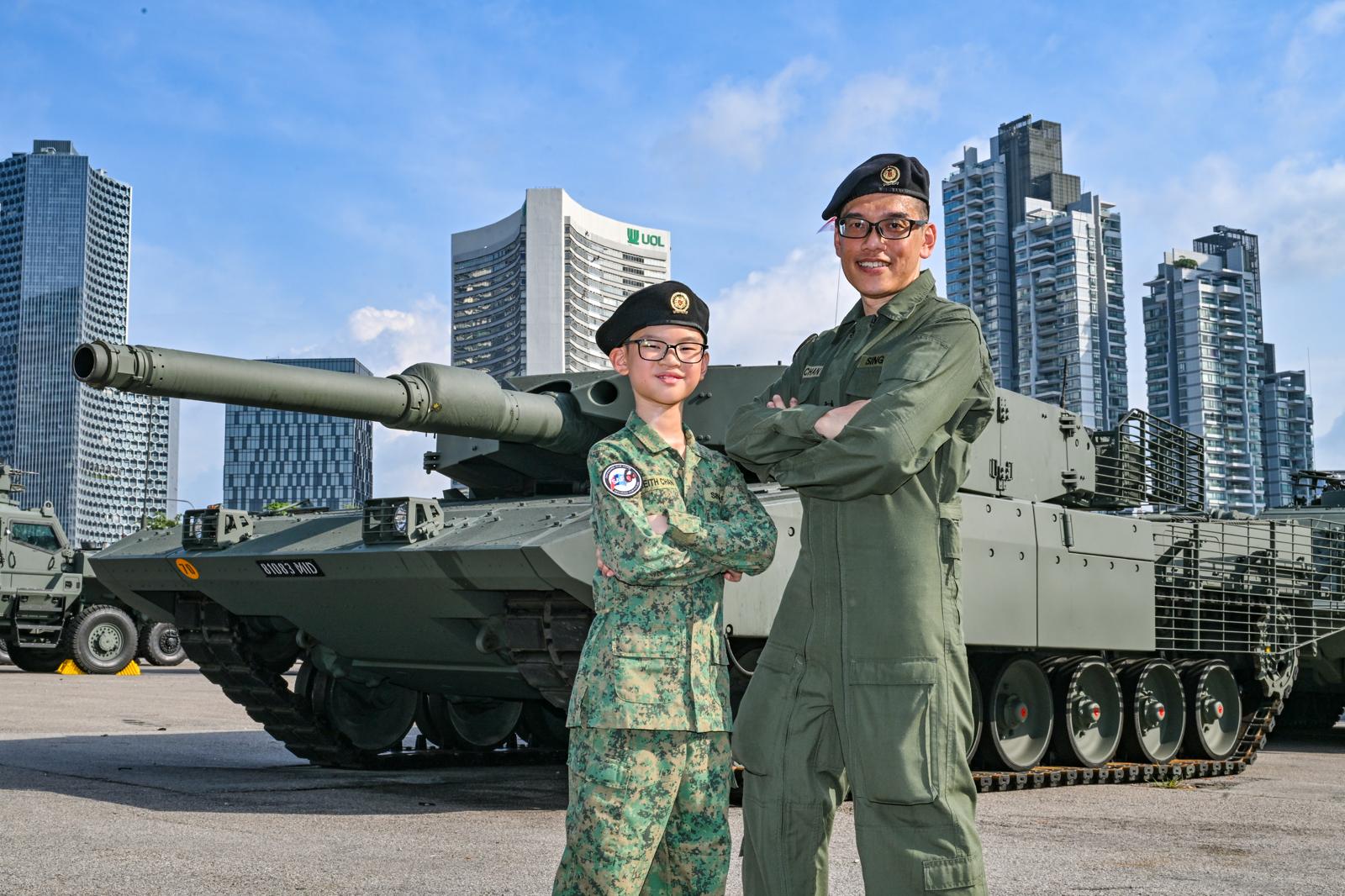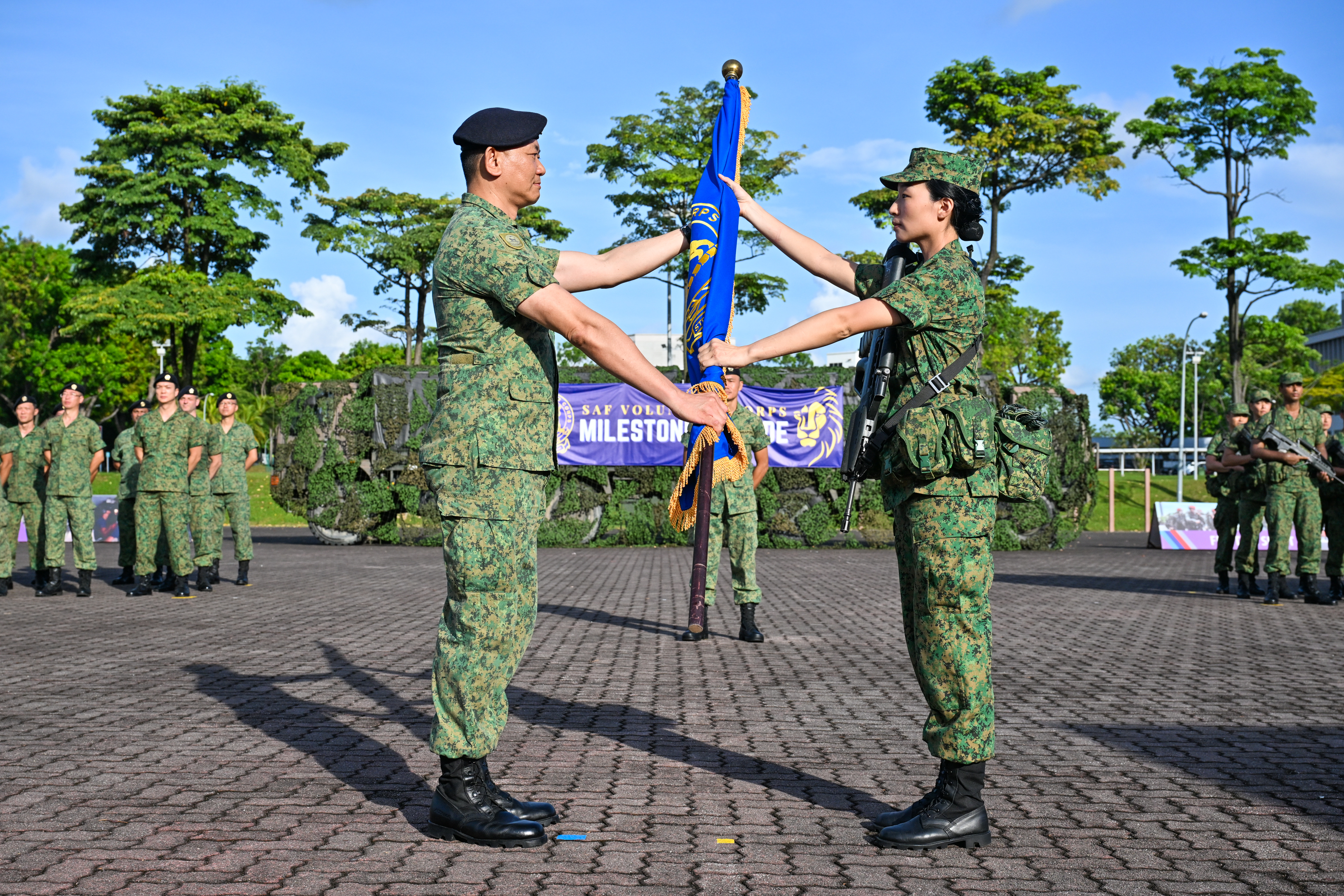BORN OUTFIELD, NOW IN YOUR HOME
// Story Benita Teo
// Illustration Bryan Loo
A national serviceman is not the only thing from the military in the average household. Here are some items that were invented for military use, but have since made their way into our daily lives.
1. Aviator Sunglasses
These days, they're the epitome of sexiness sitting on your face. But in the 1930s, aviator sunglasses were developed to help pilots block out the sun's glare. They were also a good alternative to goggles, which tended to fog up. And because the new eyewear "banned" sunlight from hurting the airmen's eyes, it earned them the name "Ray-Ban".
2. THE Internet
ARPANET (Advanced Research Projects Agency Network), the grandfather of the Internet, was developed by the United States (US) Defence Department during the Cold War. Scientists and military experts feared that a Russian attack could cripple the US' telephone network, and ARPANET could provide a means of communication in such a fallout.
3. Duct tape/black tape
The duct tape was invented during World War II (WWII) by the mother of two Navy sailors, as a seal to keep ammo boxes waterproof while being easily removable during battle. Soldiers noticed that it was also good for repairs. Here in Singapore, we have the famous "SAF Black Tape" that's been used on everything from masking shiny or reflective parts of military equipment to mending broken Full-time National Servicemen's hearts.
4. Super Glue
This item is proof that no one's a failure; they just haven't found their purpose yet. Super glue, or cyanoacrylates, was formulated in 1942 as a material for clear plastic gunsights. The material proved unsuitable, but its super-adhesive properties were rediscovered by the same chemist nine years later, and it's been fulfilling its true purpose ever since.
5. Microwave oven
This is perhaps one of the best-known military equipment to enter civilian use. In 1948, Scientist Percy Spencer was testing magnetron (a tube for amplifying or generating microwaves) — used to generate the high power needed for military radars — when the candy bar in his pocket melted. He tested his discovery further with popcorn and eggs, and the rest is history.
6. Wristwatch
In the late 19th century, soldiers had pocket watches strapped to their wrists. The wristwatch proved to be a crucial game-changer in war — it enabled soldiers to synchronise their manoeuvres without overt signals that could alert the enemy, while keeping their hands free for other tasks. When soldiers returned home after World War I, they brought the wristwatch into civilian life with them.
7. Drones
It's now a quintessential travel companion, but you must know its equally prominent forefather, the unmanned aerial vehicle. Pilotless aircraft were first devised a century ago as "aerial torpedoes". In the 1930s, the British developed a remote-controlled target aircraft for anti-aircraft training called the "DH.82B Queen Bee", from which the drone (which can also mean "male bee") is believed to have gotten its name.
8. Global Positioning System (GPS)
It's almost impossible to imagine driving without GPS these days. The earliest satellite navigation system was built in 1959 to track US Navy submarines. Later, military personnel and transportation units used it to obtain their locations. Work on the modern GPS accelerated during the Cold War to ensure the accuracy of launch carriers and cruise missiles. It then entered civilian use to improve aircraft safety. And today, people use it to play Pokemon Go.
9. Jeep
The Jeep began as an urgent request by the US Army in WWII for a "four-wheel-drive reconnaissance car". The first prototype in 1940 passed the Army's torturous off-road test. Its versatility — it could be a troop carrier, command post or fitted with weapons — made it highly-coveted by Allied forces. After the war, a surplus of the vehicles allowed civilians to own the military vehicle.

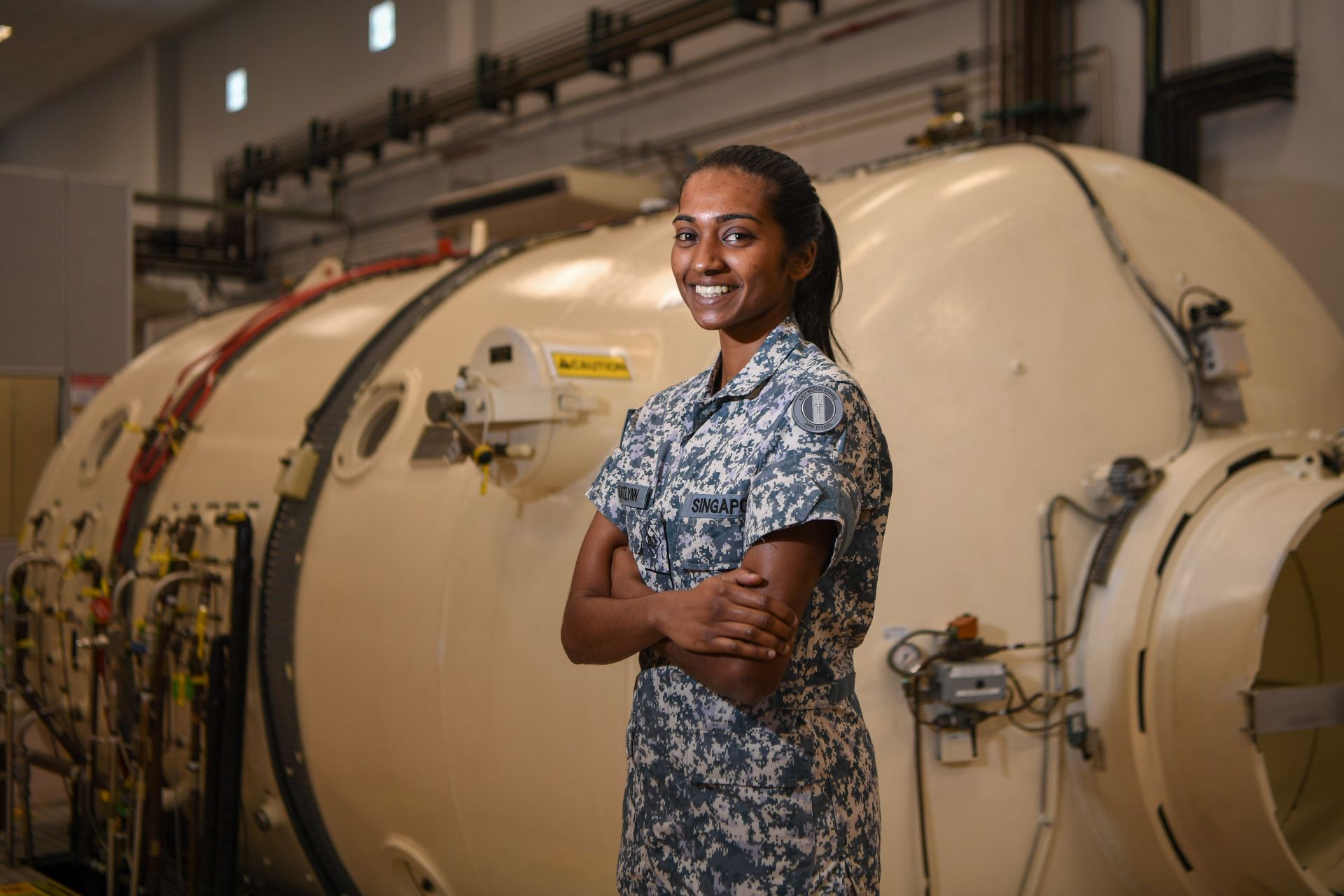
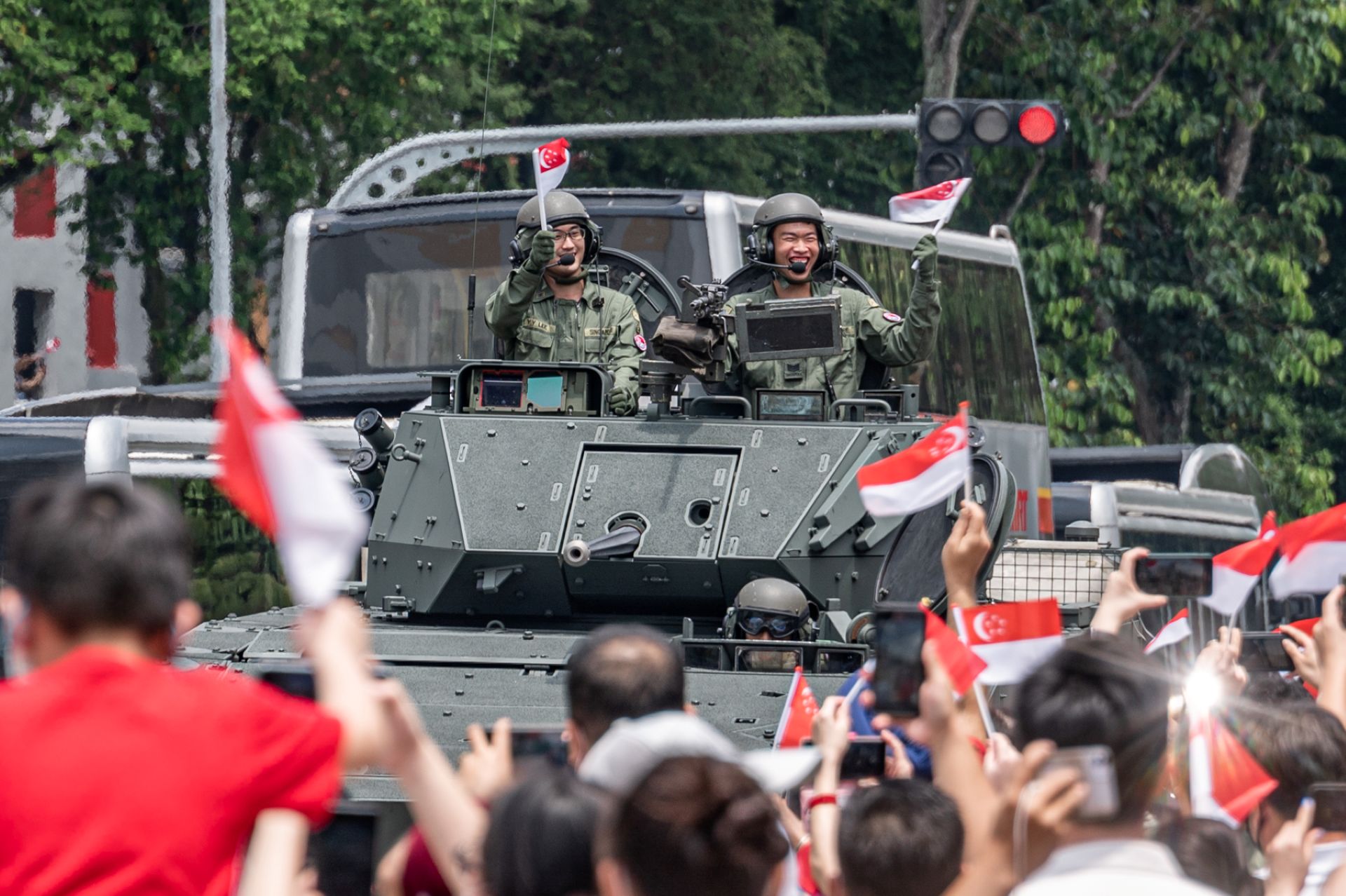

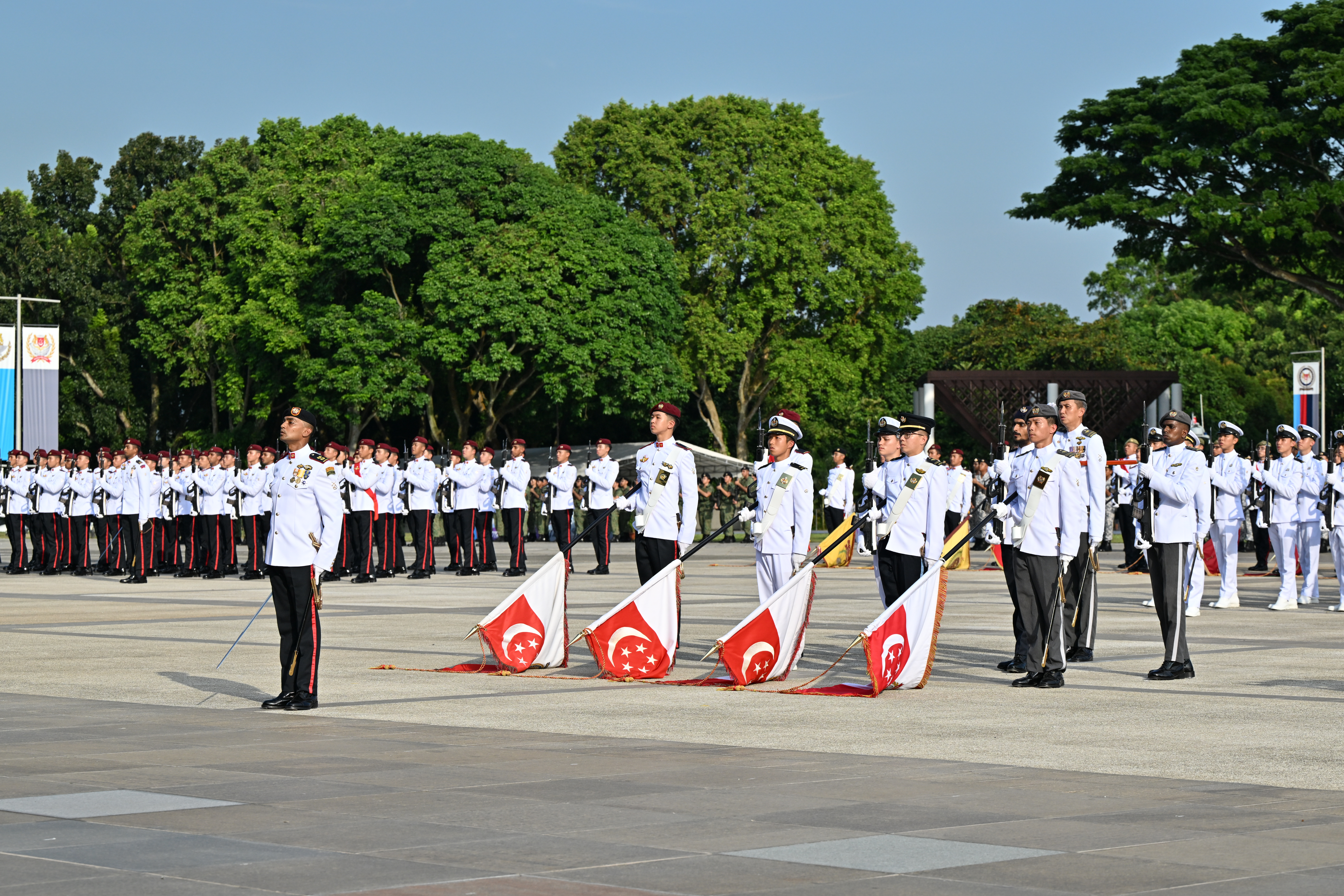
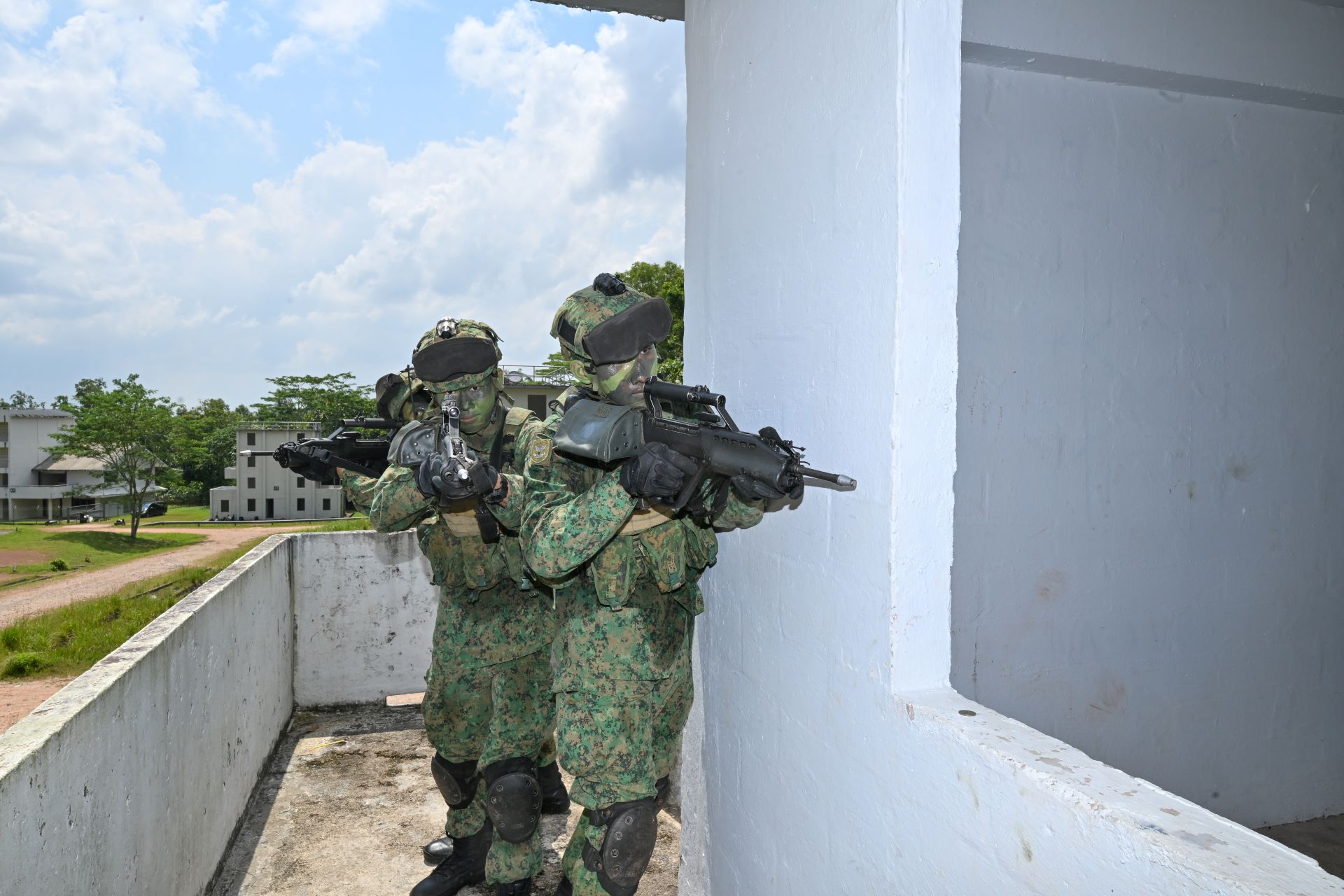
.jpg?sfvrsn=b5383902_1)
.jpg?sfvrsn=4eb1b86e_1)

